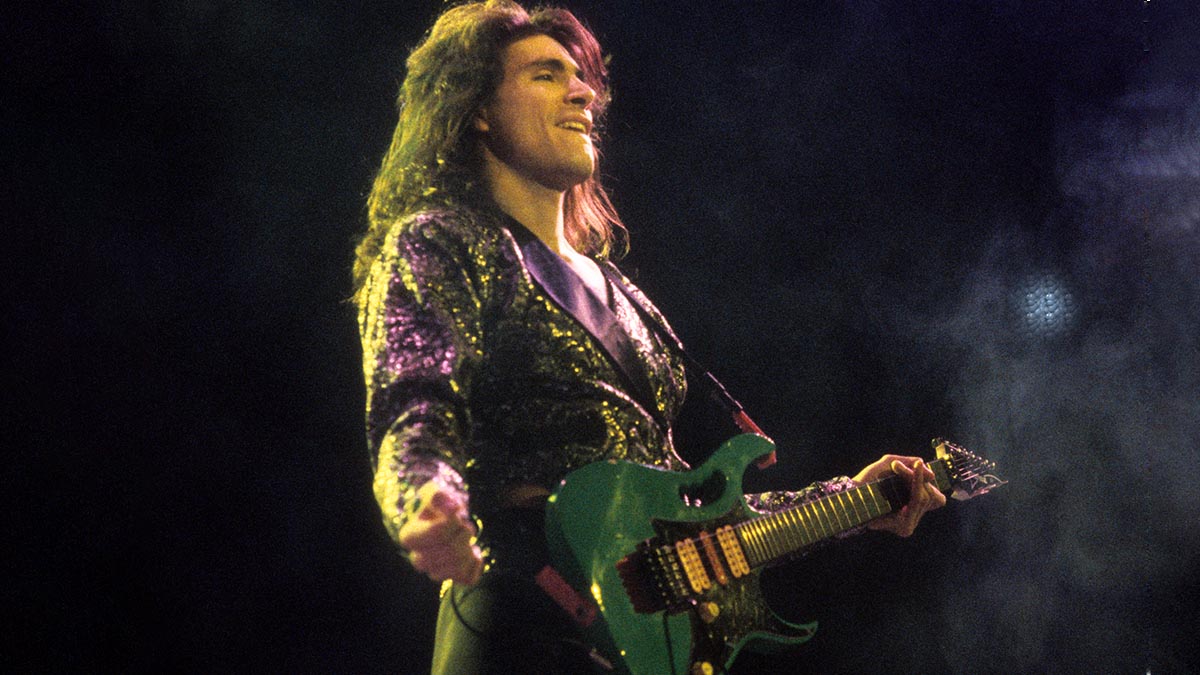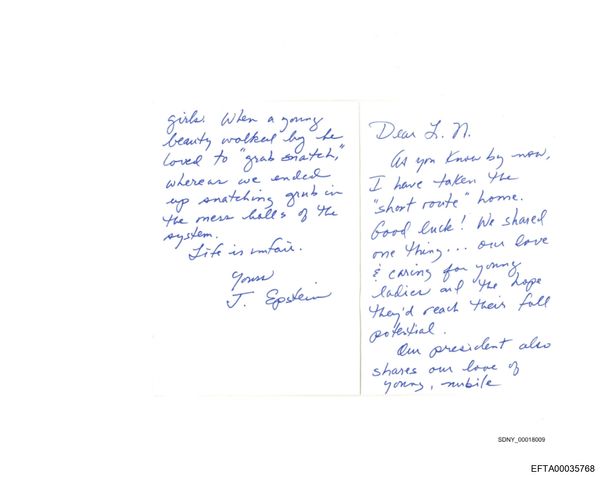
The appearance of Flex-Able, the self-financed debut album by Steve Vai, tore up the rulebook for what could be achieved by an electric guitar wielded with deadly intent.
Unleashed in 1984, it heralded the arrival of the most important new figure in rock guitar since Eddie Van Halen. The record served as a calling card for the mind-blowing array of Vai’s unearthly gifts.
There is the talking guitar on Next Stop Earth, which predates his work on David Lee Roth’s Yankee Rose in 1986. Call It Sleep foreshadows the intensely emotional “For the Love of God” from 1990 – and then there’s The Attitude Song, a recording that’s as significant in the annals of shred guitar as Eruption and Yngwie Malmsteen’s Far Beyond the Sun. Vai simply states, “It was a snapshot of all my different musical interests.”
The genesis of Flex-Able lay in Vai’s earliest guitar explorations as a kid, when he was just embarking on the journey that would take him to the head table in the pantheon of the guitar gods. “Along with the thrill of playing guitar, when I was a kid, was the thrill of recording sound on sound. I’d always been fascinated by it.”
How did the idea of recording Flex-Able come about?
“I purchased an eight-track, quarter-inch tape recorder, and that was when I started to record Flex-Able. When I first started on it, I had no intention of making a record that I would release and that people would hear. I recorded a lot more than what ended up on the album, but when I listened to it, I thought it sounded terrible – it wasn’t in time and the production was so sub-par.”
I had no idea I was necessarily even going to release it. It was just for sheer fun and experimentation
“I took stock and realized I’d been watching Frank [Zappa] work and he was so precise about the sound, the groove, the timing, everything – so I trashed the whole record and started again from scratch.”
Who did you see as your target audience?
“I never thought about that; I had no idea I was necessarily even going to release it. It was just for sheer fun and experimentation. Then I sent the record to Guitar Player magazine, and they put The Attitude Song in the magazine as one of their tear-out flexi-discs, and that really gave the record some legs. [Editor’s note: It was the October 1984 issue of GP, which stars Stevie Ray Vaughan on the cover.”
I guess many people, like me, tracked the album down, expecting it to all be in the same vein as The Attitude Song and were then caught off-guard by the diversity of the music that was on there.
“Yes. I thought people would say ‘this isn’t what I signed up for’ if they only knew The Attitude Song. I guess if the whole album had been like that people might have thought it was a classic, but that wasn’t what I was interested in doing. There isn’t much guitar at all for the first three tracks. Nobody gave me the memo about what a record should sound like, which is some of the beauty of the album.”
I had a guitar that I put together and I noticed that the only reason the notes wouldn’t go sharp is because there was a block stopping the trem system; I chopped the block out and I had what I think was the first floating trem
At that time, when music was released on record, the album seemed to be neatly divided between side one, which had the quirky songs, and side two, which was predominantly shred guitar. Was that intentional?
“No; I didn’t know anything about that stuff. When I sequenced it, I just wondered which song should come next for the best flow. At the time, I didn’t see myself as a professional instrumental guitarist; it was just which songs I liked.”
What guitars did you use to record the album?
“Some of it was a Strat, and I also had a couple of guitars made at that time. I was starting to feel that there was a lot about standard guitars that didn’t fit my style. I wanted to be able to pull up on the whammy bar to take notes really high. At the time, a Strat or a Bigsby just gave about a half-step.
“I had a guitar that I put together and I noticed that the only reason the notes wouldn’t go sharp is because there was a block stopping the trem system; I chopped the block out and I had what I think was the first floating trem. I wrote The Attitude Song using that technology.”
Did the offers that you started to get come as a result of the success of the album?
“The first thing that came in was the Crossroads movie [1986]. The guitar duel scene with Ry Cooder wasn’t working. Ry called up Guitar Player and asked who the new hotshot on the block was. Working with David Lee Roth came about because of that track as well.
“That piece of music has been a hugely pivotal moment in my life, and rightly so, I think, because it was very innovative. I didn’t realize a lot of the things I was doing at that time were unique. I’ve tried to maintain that trend of trying to innovate and find something unique throughout my career.”
- Flex-Able 36th Anniversary is out now via Light Without Heat Inc.







